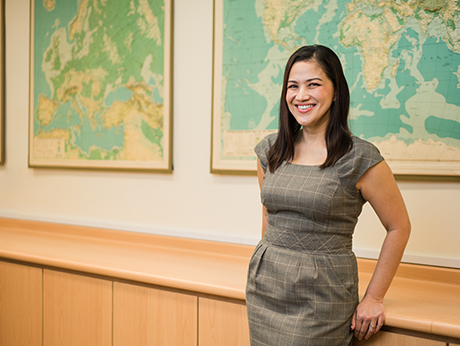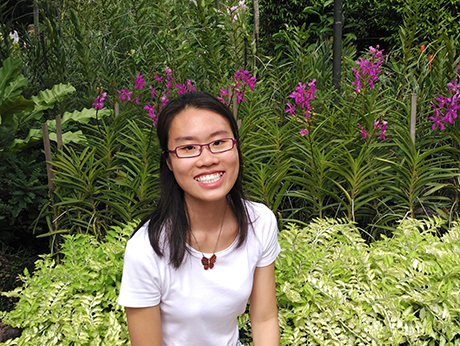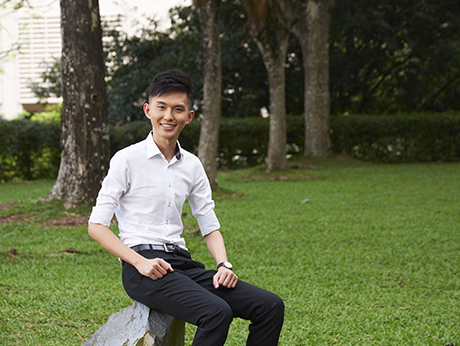

Discovering The World Through Geography
Many of us know Dr Tricia Seow was the geography educator and researcher. Less obvious to students would be the senior lecturer’s active role in the geography fraternity, where she has served in various MOE committees responsible for developing the geography syllabus, and lent her expertise to the International Geography Olympiad as co-chair and task force member. She also contributes as a core team member in the Academy of Singapore Teacher’s Geography Chapter, and as Honorary General Secretary of the Southeast Asia Geography’s Association.
“My first year studying Geography as an undergraduate was the turning point,” Dr Seow recalled. “We studied the spatial distribution of AIDS, and whether famines had social or environmental roots – the contemporary issues at the time. I still remember how vivid and relevant these topics were, how they captured my imagination and fired my desire to learn. That was when I decided I wanted to be a geographer.”
She has fond memories of fieldtrips to Peirce Reservoir and Labrador Park as a young student. “What struck me most was the experiential learning involved in study of Geography. I liked the freedom that geographers enjoyed in efforts to make sense of the world. These were the elements that brought the geography lectures and tutorials to life for me,” she reminisced.
Geography taught her to think about issues as well as analyse human and physical landscapes in a systematic way. “I learned to see things from a variety of viewpoints and at different scales, so much so that these have become part of my reasoning process. This is the “lens” that I’d like to impart to my students – the ability to independently analyse and make sense of what goes on around them.”
Her students would attest to her flair for making them see things through a geographical lens. “Like most geographers, I’m a constructivist as heart. We let the world teach our students, and our task is really to give them the lens with which to see, and the tools with which to make sense of what they see. I always encourage students to create personal and meaningful connections with their work, as well as make sense of their roles as academic geographers and classroom teachers. I want them to own that knowledge because they constructed it for themselves,” Dr Seow said.
She also hopes that her students willnot lose touch with research when they embark on their teaching careers. “Both Noah and En Qi, for example, have shown high aptitude for academic work as well as great love for Geography. I’ve worked with them on research projects and constantly encourage them to publish their work. They’ve both done extremely well in their studies and research, and I hope that they will continue to keep the spirit of inquiry with them as teachers.”
As a mentor, Dr Seow seeks to understand her students’interest in the subject and their research goals. She develops their confidence by showing them the learning possibilities, using their research findings to develop lesson plans, as well as motivating them to publish and present their work in the classroom and at professional conferences.
As for her own research interests, Dr Seow shared: “My recent projects are centred on teacher identities and beliefs, and how these are connected to the teaching practice. Some of my research touches on sustainability as a core value, particularly around climate change education.
“This is important because the geography curriculum is aligned to larger national interests, such as Singapore’s sustainable future. There are still significant gaps between the goal of sustainability education, teachers’ personal goals and beliefs, and the ways in which this is enacted for their students in the classroom. Understanding where the gaps are, as well as how to bridge them, are important if we are serious about ensuring that what we do in schools is robust and will lead to the development of concerned and active environmental citizens,” she elaborated.




















